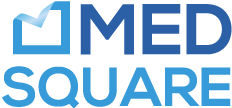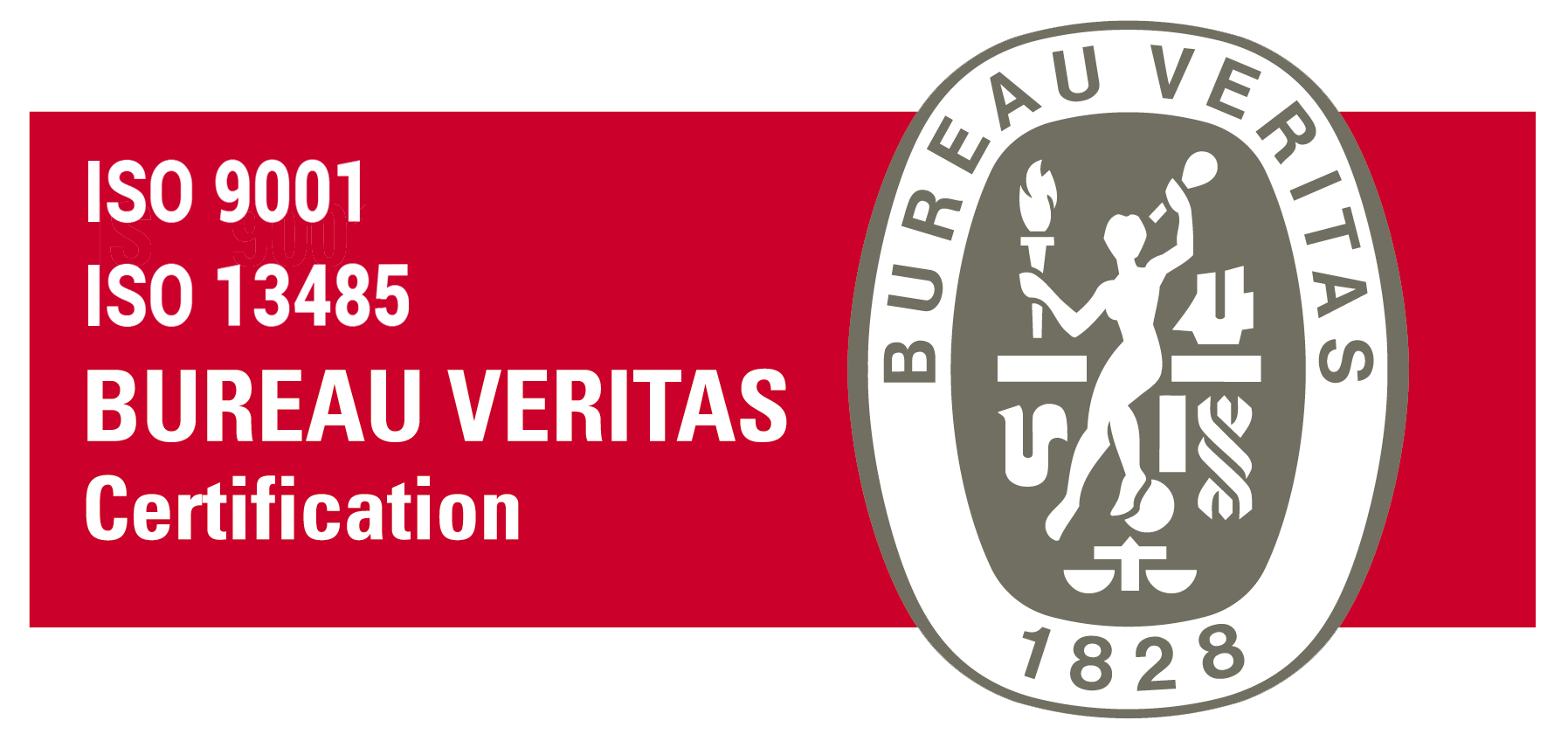Blog
The contribution of DACS RDM in the framework of the French Nuclear Safety Authority’s latest project
Written by : Karen Frangie - 30/04/19 - In Blog
The main lines on which the Directive 2013/59/Euratom is based today are the justification of medical exposure, training, the management of quality and the necessity of tracking the doses delivered to the patient. In order to meet these requirements and follow these recommendations, institutions must have a powerful DACS solution to centralize, archive and analyze the dose data of each patient.
However, this global regulation regarding patient radiation protection continues to evolve, notably thanks to the latest draft decision by the French Nuclear Safety Authority (ASN). In the context of an expert consultation, this patient dosimetry project aims to change the systems that assess dose delivered to patients in radiology and nuclear medicine. A draft decision includes new concepts: Interventional Reference Level (NRI) and Diagnostic Guide Value (VGD).
With RDM, quickly configure the new reference levels established by the French Nuclear Safety Authority
The NRIs and VGDs are new tools for optimizing the doses delivered to patients. As new dose indicators, these tools will make it possible to assess the quality of practices and to identify situations requiring corrective action. With RDM, it is possible to quickly configure the new reference levels proposed by the French Nuclear Safety Authority. It is also possible to integrate the VGD indicator, set below the NRD, to encourage professionals to continue the optimization process. The integration of these new concepts (VGD or NRI) can be implemented very easily within RDM, while taking into particular account the numerous dose criteria recommended by the French Nuclear Safety Authority, such as the type of examination, the procedure, the protocol, age, weight, etc. The analysis of these data should allow professionals to situate their practices in relation to a reference and to take corrective action in case of unjustified overexposure.
In its last report, the French Nuclear Safety Authority lists the categories of diagnostic measures and reference levels in radiology, orthopantomography, mammography, and CT and includes the VGD for each category. This decision updates the procedure for collecting, analyzing and sending data to IRSN (institution enhancing nuclear safety in France). It sets the values of NRDs and VGDs for a number of the most common examinations or the ones that expose the patient most to ionizing radiation.
The RDM solution enables professionals not only to obtain complete tracking of all the doses delivered for each patient but also to improve their practices thanks to the advanced statistical tool integrating these new VGD and NRI indicators. In the end, RDM is the tool that allows the dose delivered to the patient to be monitored in real-time while reinforcing its safety.
 Download PDF
Download PDF
